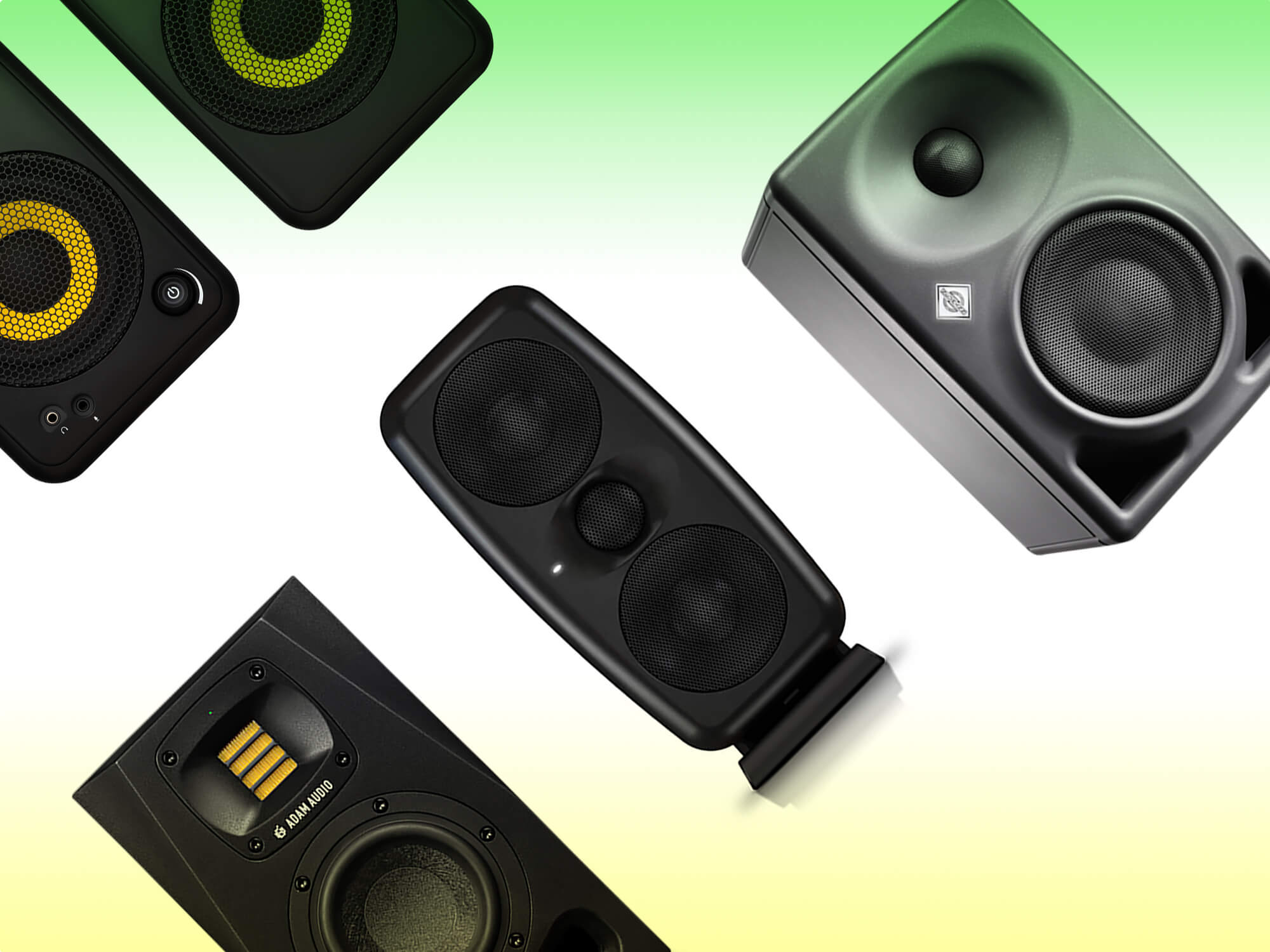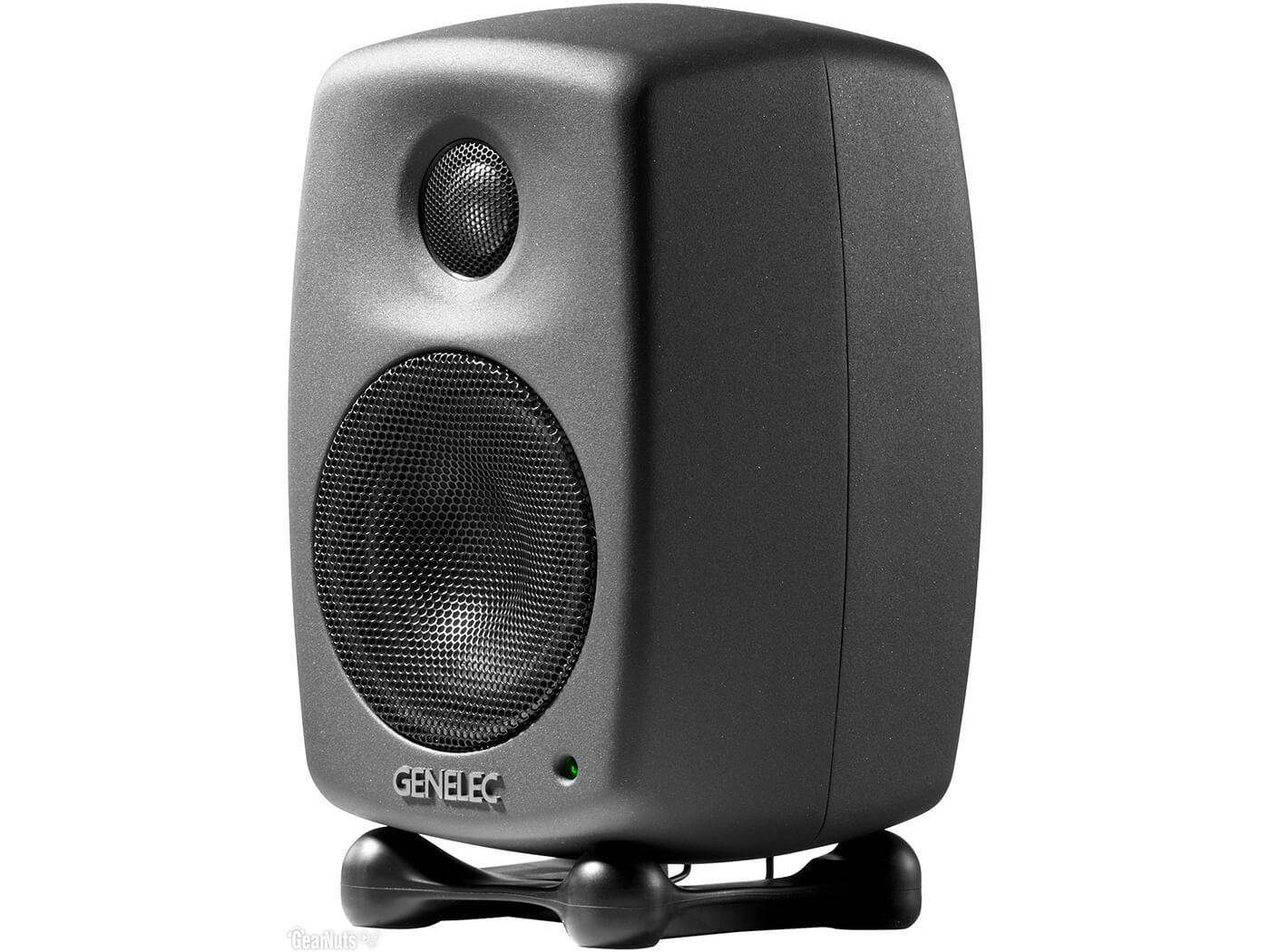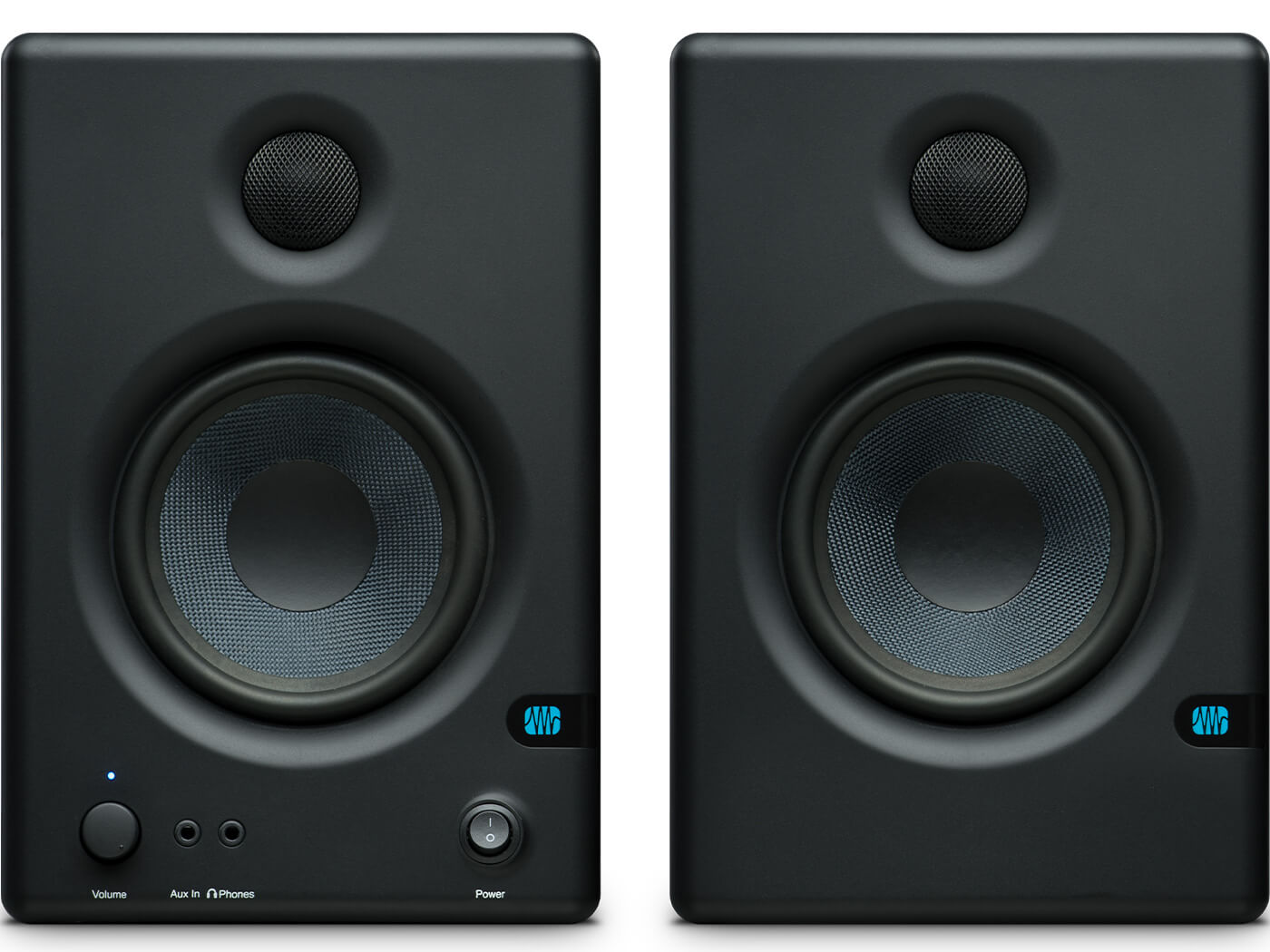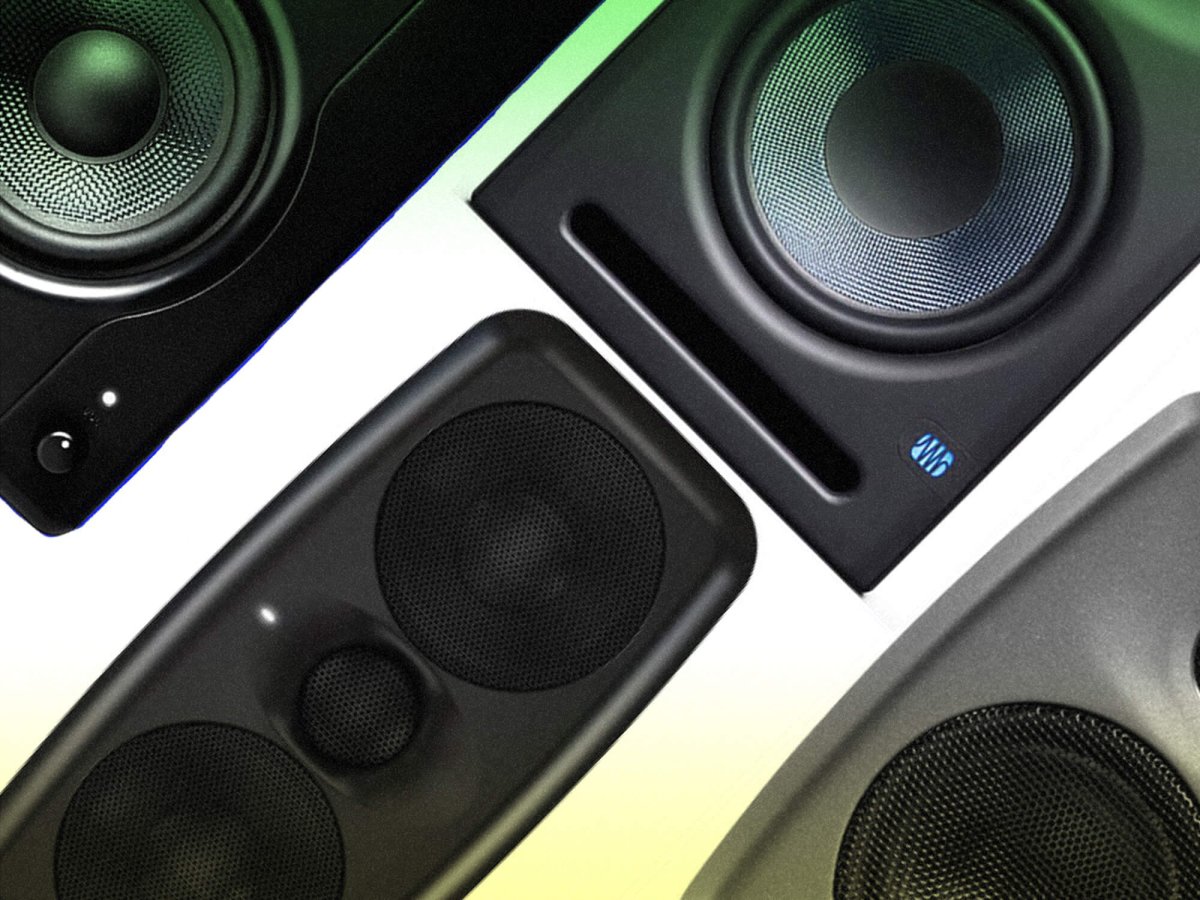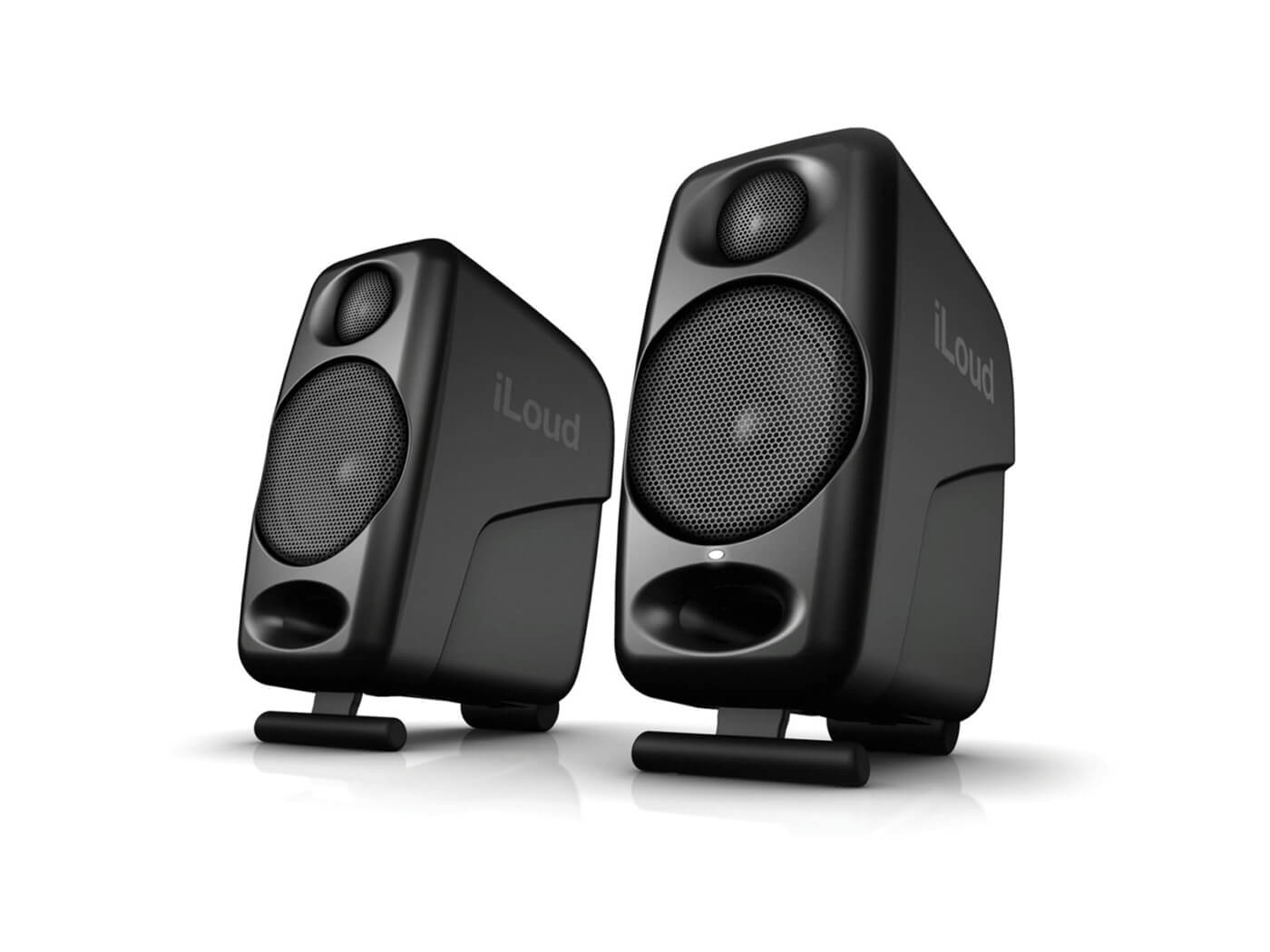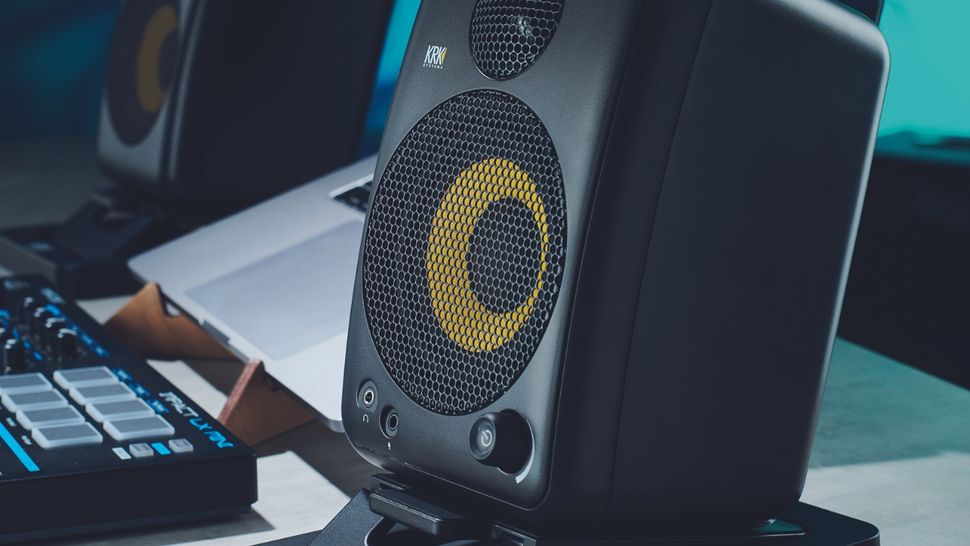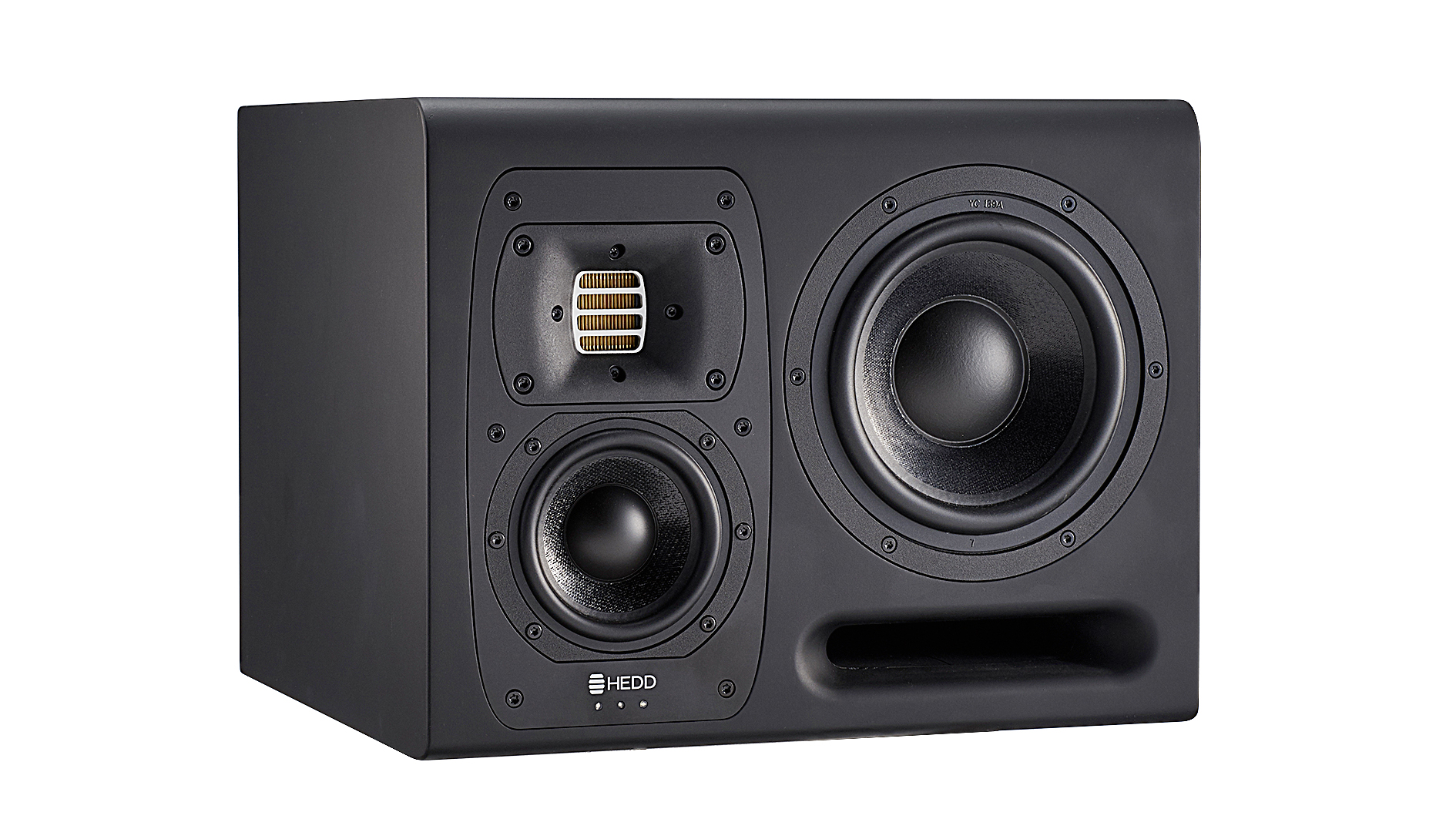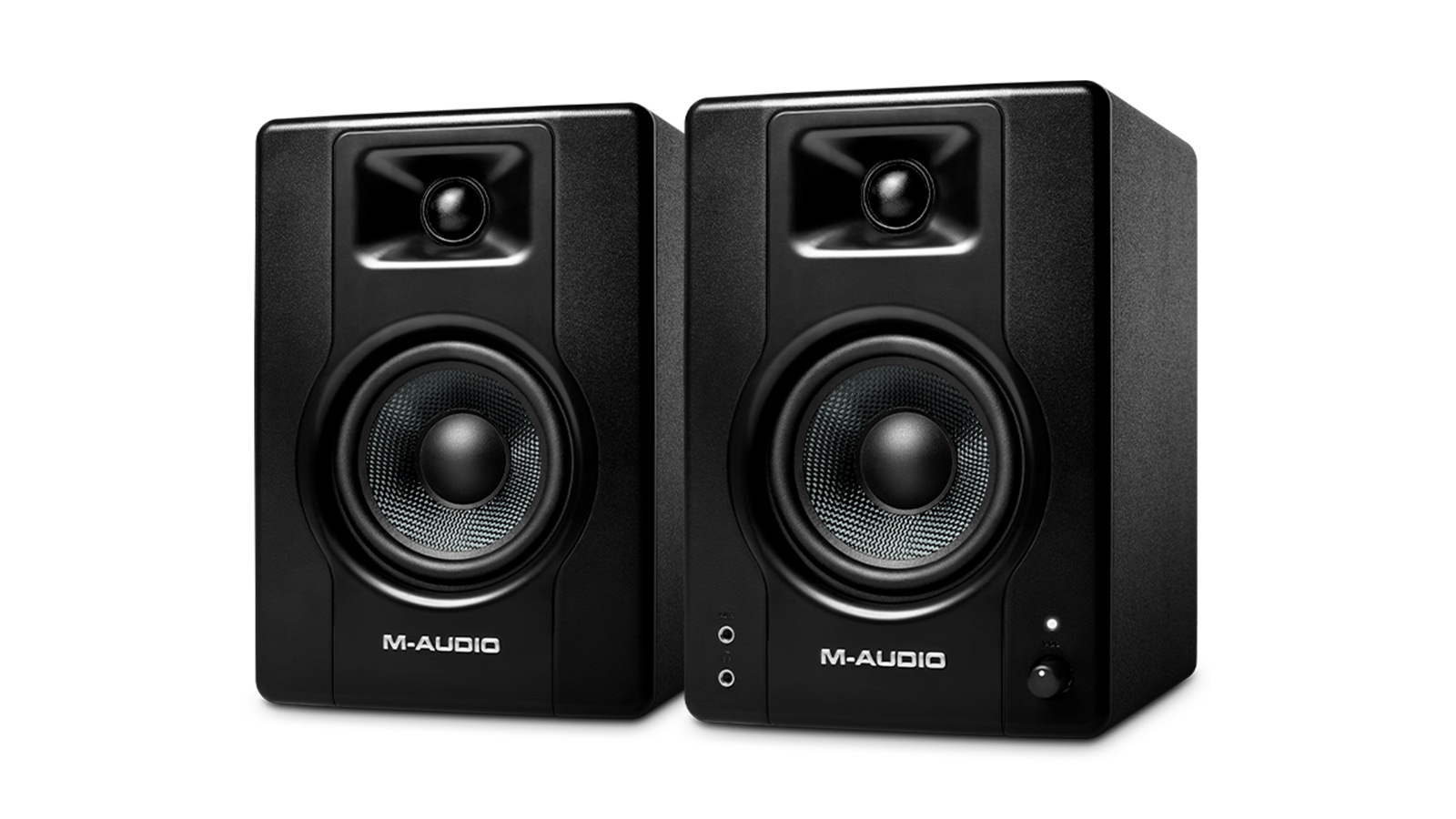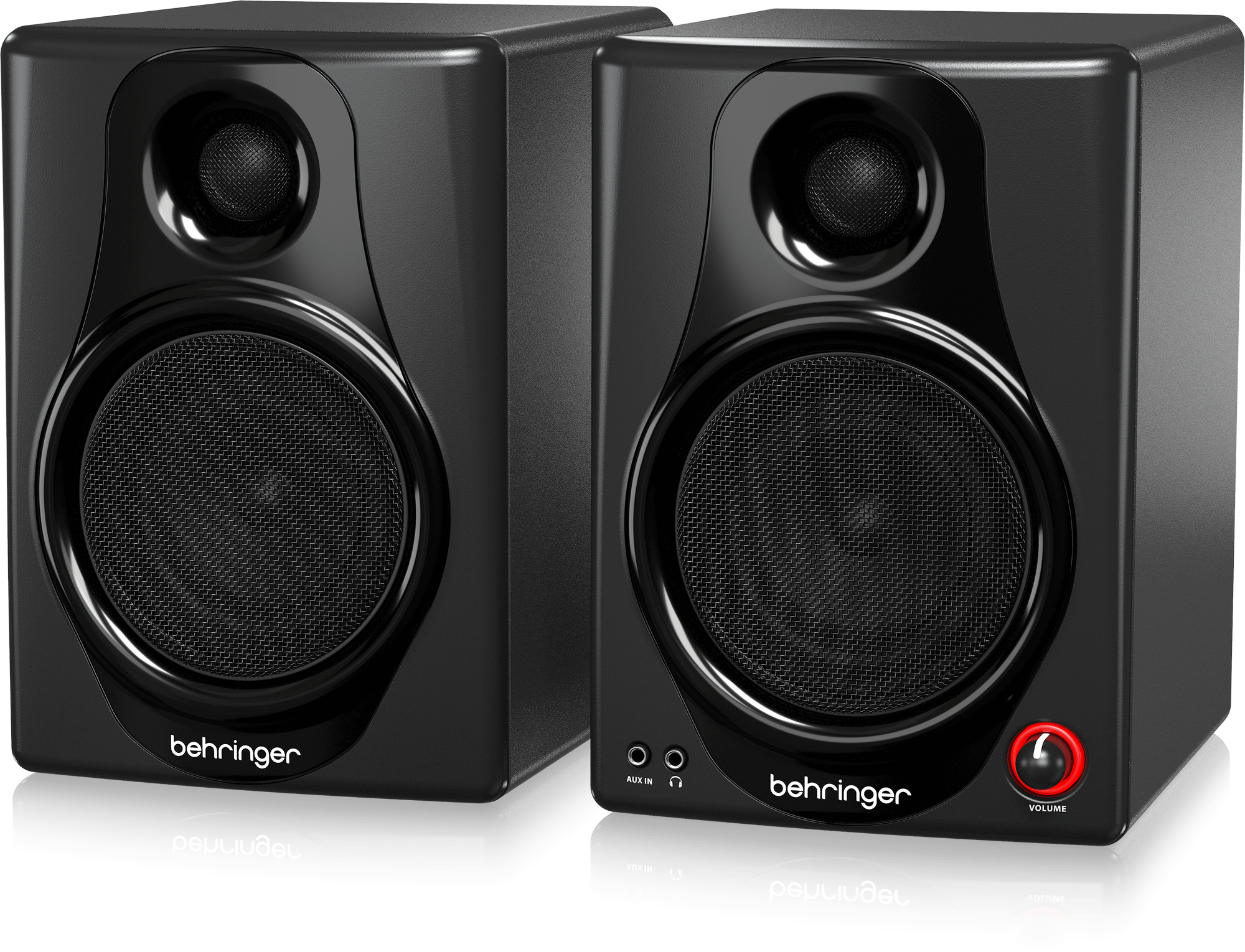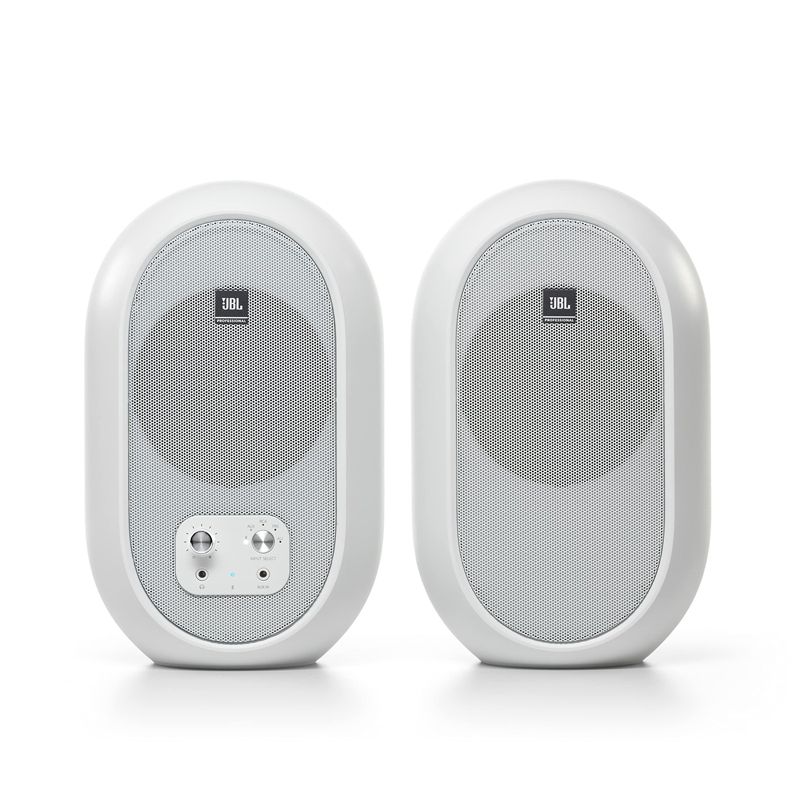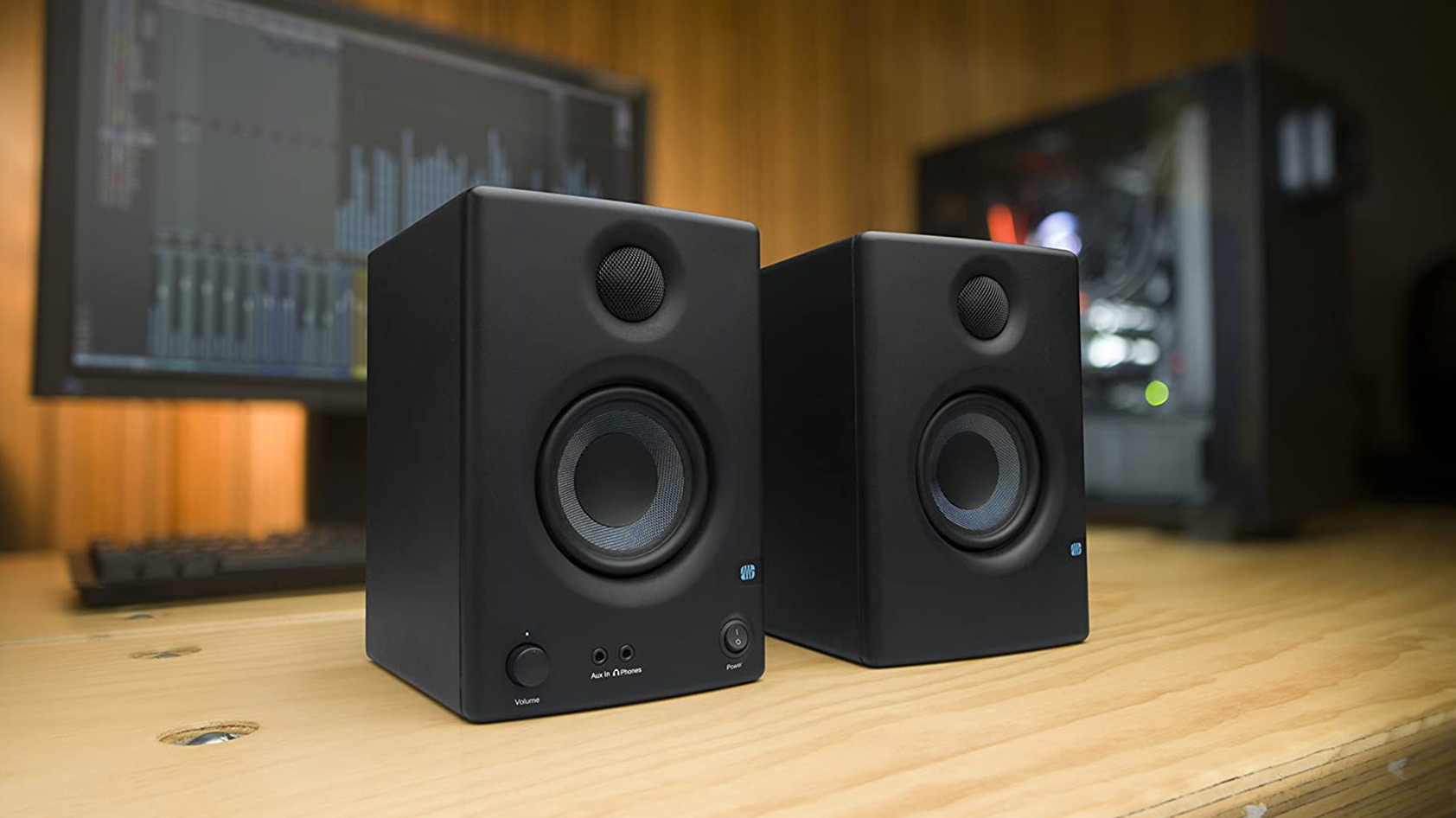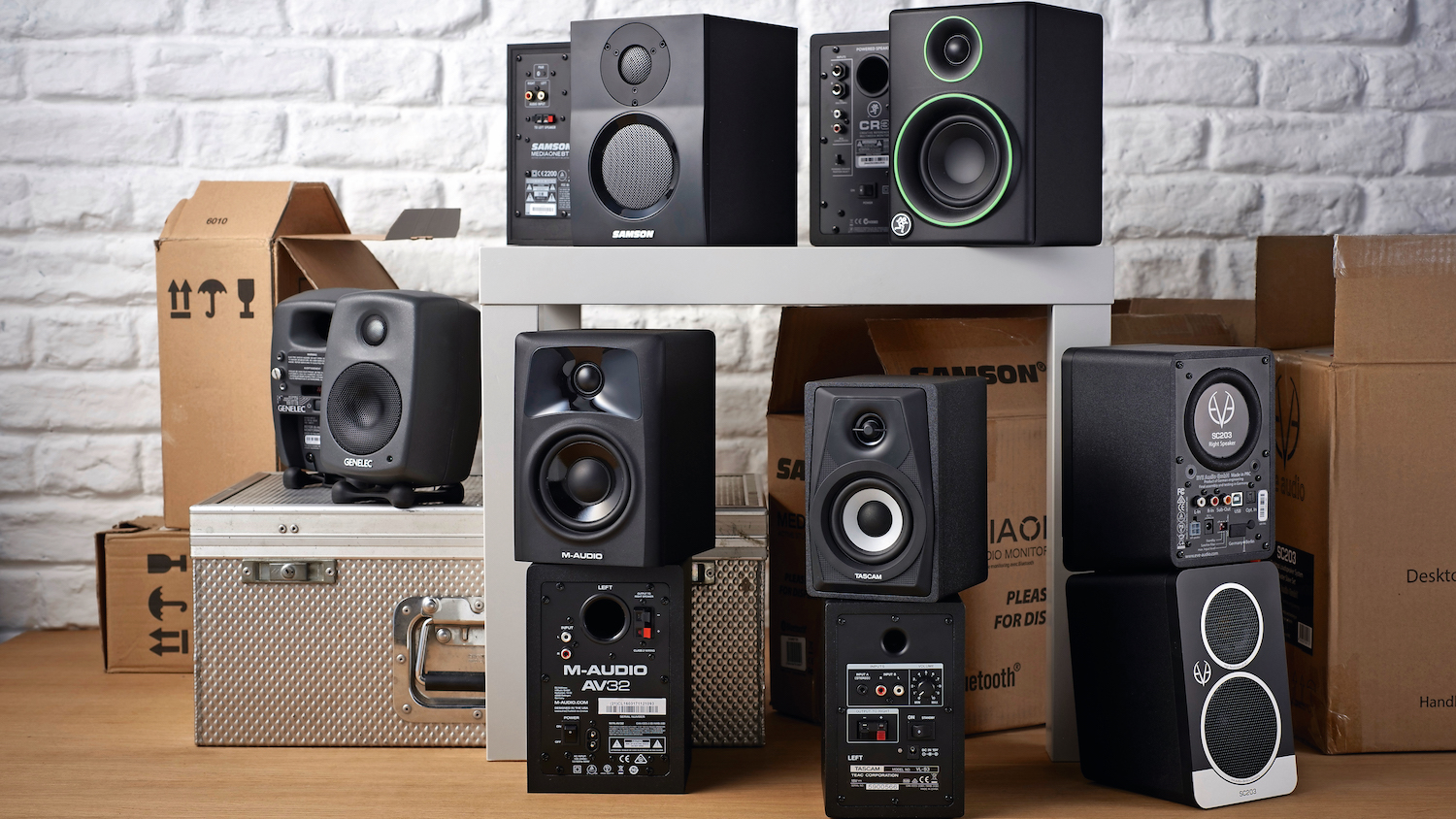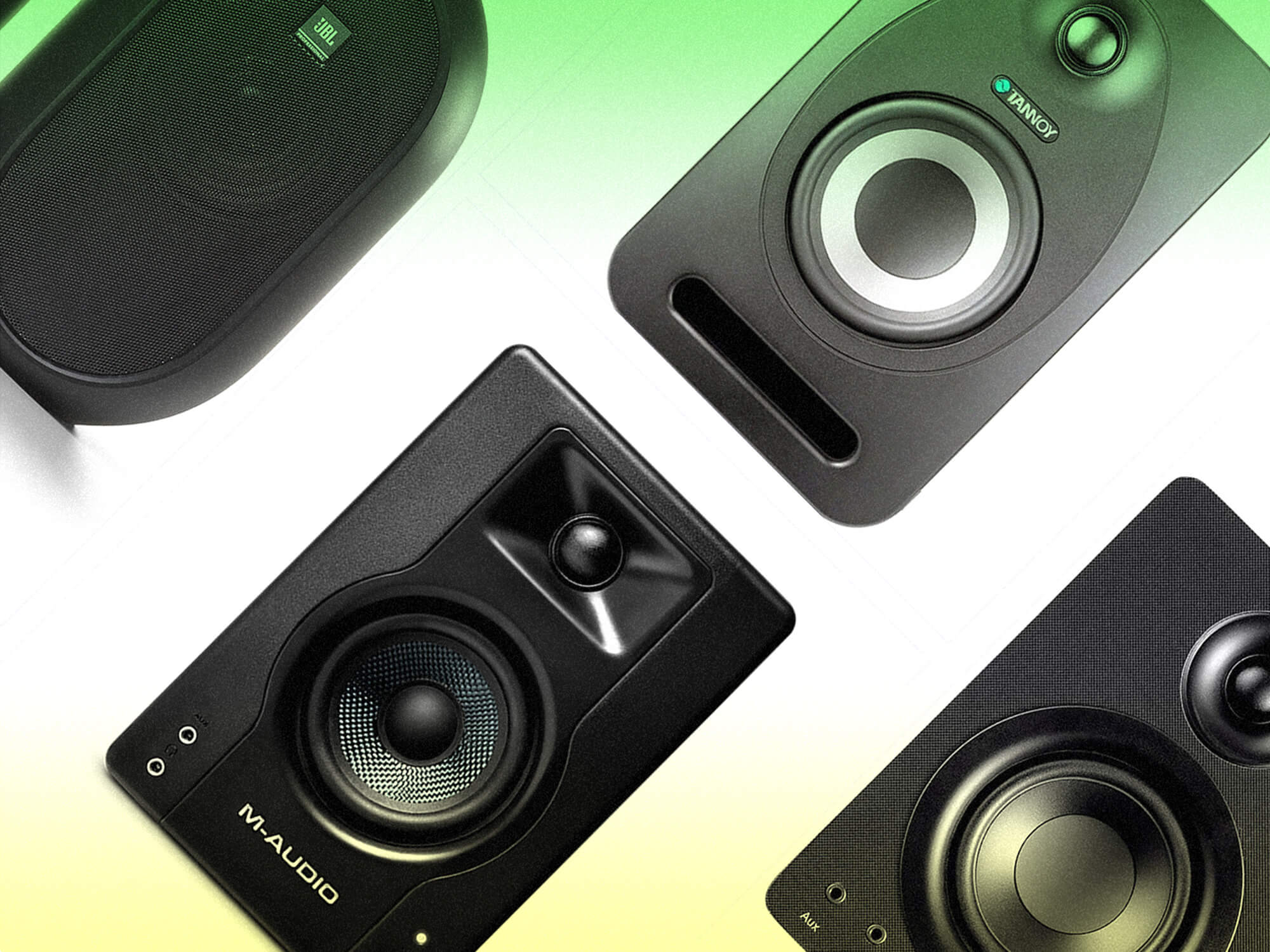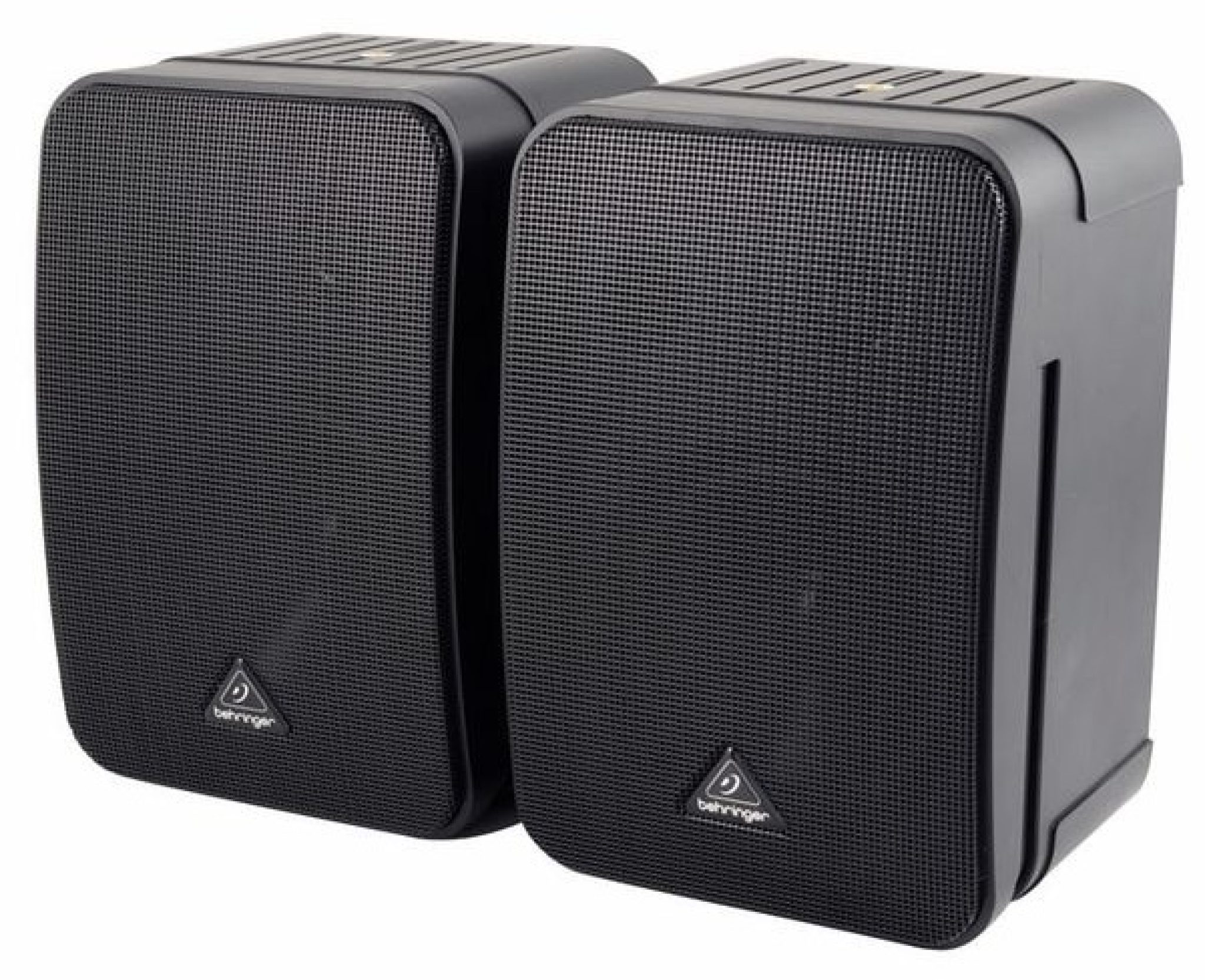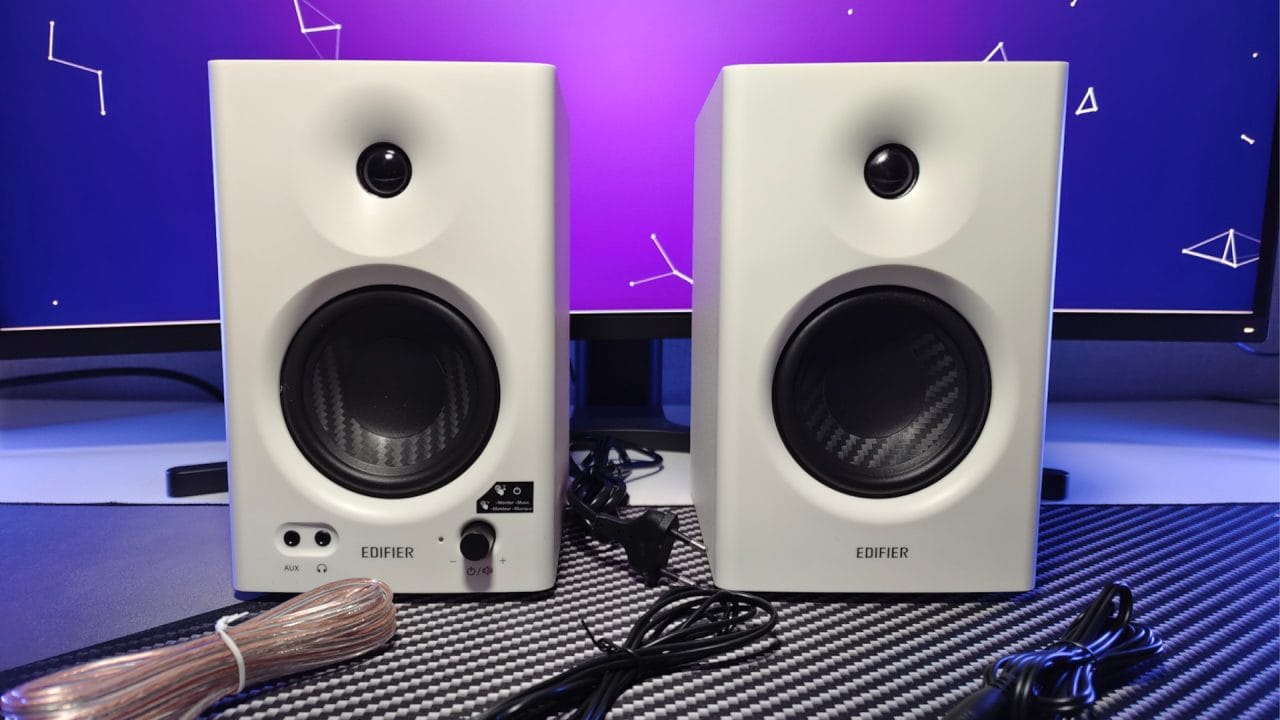Best Small Monitor Speakers
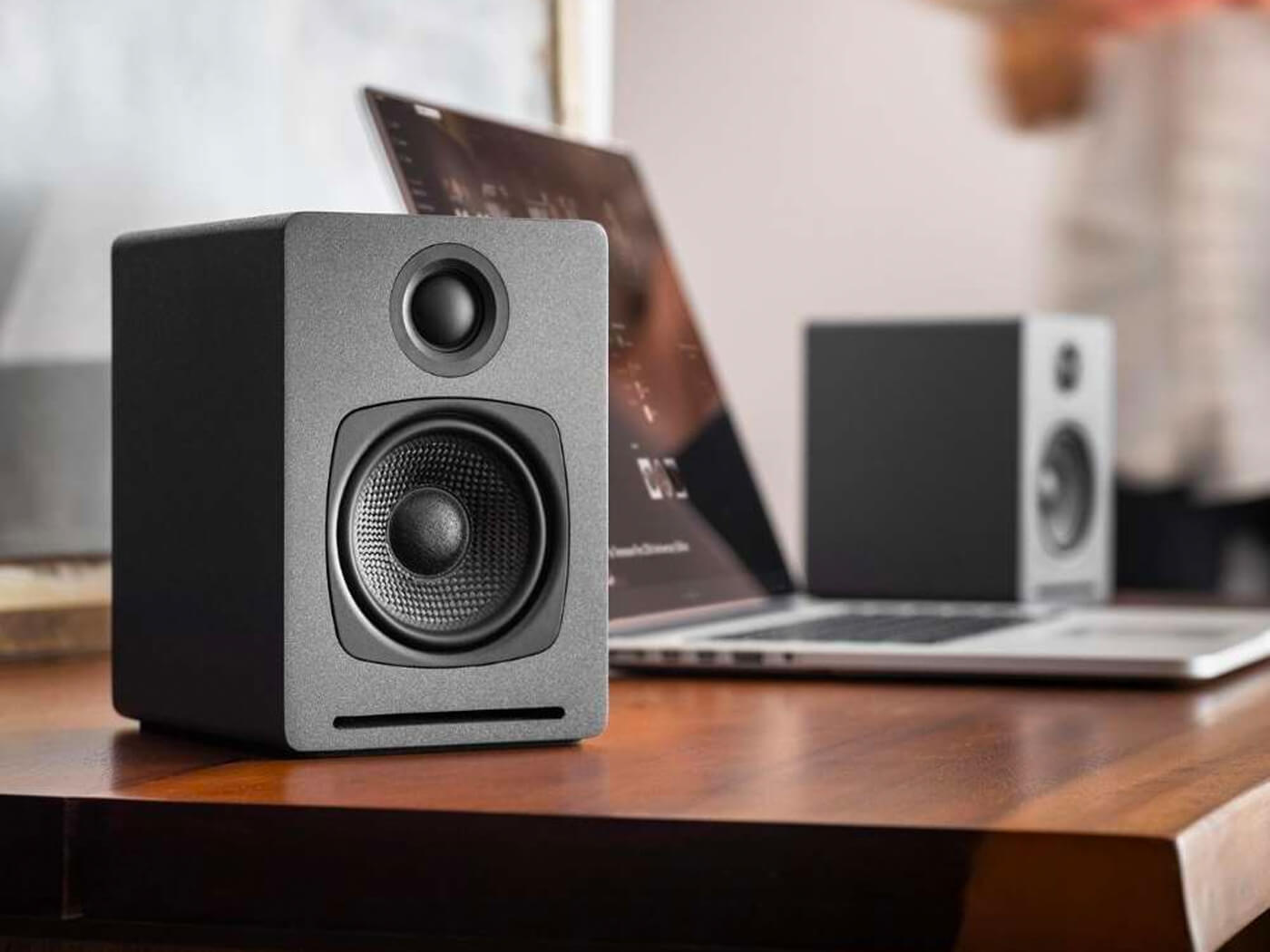
In today's digital landscape, stellar audio quality is no longer a luxury – it's a necessity. Whether you're a budding music producer squeezed into a small bedroom studio, a content creator demanding accurate sound for video editing, or simply an audiophile with limited space, the right small monitor speakers can be a game-changer. This guide cuts through the noise to deliver analytical insights and practical advice, empowering value-conscious shoppers to choose the perfect audio companions without breaking the bank.
Why Small Monitor Speakers Matter
Small monitor speakers are designed for nearfield listening, meaning they're optimized for use at close distances, typically within a few feet. This makes them ideal for environments where space is at a premium. Their compact size doesn't necessarily equate to compromised audio quality, as many models offer impressive accuracy and detail, crucial for critical listening and mixing.
Shortlist of Recommended Speakers
Here's a curated list catering to diverse needs and budgets:
- Budget-Friendly All-Rounder: PreSonus Eris E3.5 - Excellent value for beginners.
- Mid-Range Mixing Marvel: Yamaha HS5 - Industry standard for balanced sound.
- Premium Portable Powerhouse: iLoud Micro Monitor - Impressive accuracy in a tiny package.
- Creative's Top Pick: Creative Pebble Pro - Affordable and small, but with a surprisingly good sound.
Detailed Reviews
PreSonus Eris E3.5
The PreSonus Eris E3.5 is a fantastic entry point into the world of studio monitors. These speakers offer a clear and relatively flat frequency response, making them suitable for basic mixing and casual listening. The front-panel headphone jack and volume control add to their convenience.
Yamaha HS5
The Yamaha HS5 is a legendary nearfield monitor, widely recognized for its neutral and revealing sound signature. These speakers are known for their ability to expose flaws in mixes, making them a valuable tool for experienced producers. Their iconic white woofer is a familiar sight in countless studios worldwide.
iLoud Micro Monitor
The iLoud Micro Monitor defies expectations with its remarkably accurate sound and surprising bass response for its size. These ultra-compact monitors are perfect for travel or cramped workspaces. They offer a range of EQ settings to tailor the sound to different environments.
Creative Pebble Pro
The Creative Pebble Pro is a small speaker set, that sounds surprisingly good for its size and price range. It is suitable for a small desktop and for casual music listening, or gaming. It doesn't have a neutral frequency response, but it delivers a rich sound.
Side-by-Side Specs Table
| Speaker Model | Woofer Size | Frequency Response | Power Output (RMS) | Inputs | Price (approx. per pair) | Overall Performance Score (out of 5) |
|---|---|---|---|---|---|---|
| PreSonus Eris E3.5 | 3.5" | 80 Hz - 20 kHz | 25W | RCA, TRS, Aux | $100 | 4.0 |
| Yamaha HS5 | 5" | 54 Hz - 30 kHz | 70W | XLR, TRS | $400 | 4.5 |
| iLoud Micro Monitor | 3" | 55 Hz - 20 kHz | 50W (peak) | RCA, Aux, Bluetooth | $350 | 4.3 |
| Creative Pebble Pro | 2.25" | 65 Hz - 20 kHz | 30W (peak) | USB-C, Bluetooth | $60 | 3.8 |
Note: Performance scores are subjective and based on a combination of factors, including sound quality, features, and value for money.
Practical Considerations
Before making a purchase, consider the following factors. Room acoustics play a significant role in how your speakers will sound. Treat your space with acoustic panels or bass traps to minimize unwanted reflections and resonances.
Also, think about the types of connections you need. XLR and TRS are balanced connections that offer lower noise, while RCA and aux are unbalanced. Finally, don't underestimate the importance of proper speaker placement. Create an equilateral triangle between your speakers and your listening position for optimal stereo imaging.
Key Takeaways
Choosing the best small monitor speakers depends on your individual needs, budget, and listening environment. The PreSonus Eris E3.5 offers excellent value for beginners. The Yamaha HS5 remains a reliable choice for serious mixing, while the iLoud Micro Monitor provides impressive portability and accuracy. The Creative Pebble Pro is a great small and affordable speaker set.
Carefully weigh the pros and cons of each model, considering factors like frequency response, power output, and connectivity. Remember to factor in acoustic treatment and proper speaker placement to maximize the performance of your chosen monitors.
Take Action Today
Ready to upgrade your audio experience? Dive deeper into the reviews, compare prices, and don't hesitate to read user feedback. Invest in the small monitor speakers that best align with your needs and budget, and unlock a world of sonic clarity.
Frequently Asked Questions (FAQ)
Q: What is the difference between studio monitors and regular speakers?
Studio monitors are designed for accurate sound reproduction, while regular speakers often color the sound for a more pleasing listening experience. Monitors aim for neutrality, revealing the true characteristics of the audio.
Q: Do I need a separate amplifier for monitor speakers?
Most nearfield monitors are active, meaning they have built-in amplifiers. Passive monitors require an external amplifier.
Q: What is the ideal listening distance for nearfield monitors?
Nearfield monitors are typically designed for listening distances of 3-6 feet. Check the manufacturer's specifications for optimal placement recommendations.
Q: Can I use monitor speakers for casual listening?
Absolutely! While designed for critical listening, monitor speakers can also provide an excellent listening experience for music, movies, and games. Their accuracy ensures you hear the audio as it was intended.
Q: How important is acoustic treatment?
Acoustic treatment is crucial for accurate monitoring. Untreated rooms can introduce unwanted reflections and resonances, which can distort the sound and lead to inaccurate mixing decisions.
Q: What is frequency response?
Frequency response indicates the range of frequencies a speaker can reproduce. A wider frequency response generally means a more complete and accurate sound representation.
